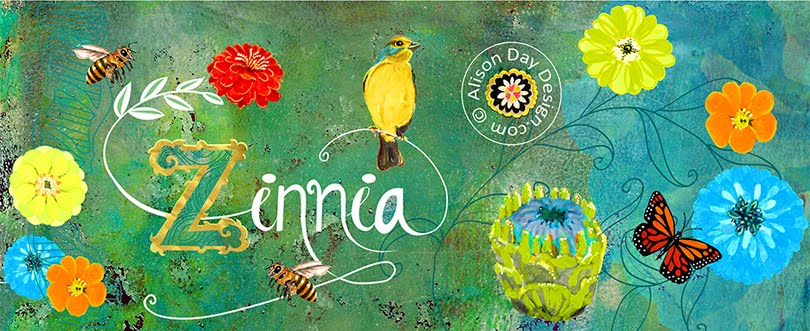What does one do in the summer months often referred
to by the Dutch as ‘komkommer tijd’ (cucumber time)? Not much can be organized
or done during this period as everyone is planning his or her holidays. If you
have not already flown to foreign shores, or disappeared to the nearest lake
with a good book for the afternoon, you could always join the exodus to one of
the islands along the coast of the Netherlands for a week or two. There
are five in total: Schiermonnikoog, Terschelling, Ameland. Vlieland and Texel. Each
offer a diversity of nature, scenery and activities to appear to all.
Schiemonnikoog
This island can be reached from Lauwersoog in
twenty-five minutes, and its size makes it perfect for a day visit. Cars
of visitors are not allowed on the island, as it is a nature reserve so the
main means of transport is the bicycle. These come in all sorts of shapes and
sizes both for adults and children. The tandem is a regular sight and trailers
can be filled with your baggage or even small children for quick transport
around the island and down to the seashore.
Apart from the obvious attraction of the sea with
its dunes and grasses, the natural beauty of this national park includes salt
marshes as well as a variety of flora and fauna. There are numerous cafes,
restaurants and pavilions, a lighthouse, and a bunker from the Second World War
to be visited along the way.
Terschelling
Terschelling can be reached from Harlingen by boat
and takes an hour and a half. This is somewhat bigger than Schiermonnikoog
and is made up of a number of small villages all easily accessed via a
connecting road system. The best way to get a good impression of what
Terschelling has to offer is to walk from the Noordzee to the Waddenzee right
across the island. Along the way you will see the natural dune formations and
pass through the different ecosystems of the island (there are nine in total),
which are homes to a rich diversity of flora and fauna. The beach is the widest
of the Dutch coastline and in the whole of Western Europe.
Generally there are plenty of places to stay on the
island unless you choose to visit around the time of the annual ‘Oerol’
Festival. During this time because of the festivals enormous popularity, most
places are fully booked although some camping areas may have a few places
available.
Oerol this year is 10th – 19th June and
has a nautical theme entitled ‘Geen zee te hoog’ (‘No sea too high’) and has to
do with the bond between the islanders and navigation. During the festival the
whole island becomes a stage and the backdrop for (street) theatre, cabaret,
circuses, dance acts, and artistic creations. Tickets sales begin on the 8th and 9th of June
on the island with half being withheld for sale during the festival itself.
More information about Oerol can be found at: www.oerol.nl/index.html.
Ameland
To reach Ameland the boat goes from Holwerd and
takes forty-five minutes. Used to belong to the royal family around the
beginning of the 18-th century but since the early 19-th century has
become part of the property of Friesland.
The island has 4 villages, a population of 3,500 and
measures 25 kilometres in length and is 4 km at its widest point. Again
interesting to explore it is rich in flora and fauna. One such area, known as
the Nieuwlandsreid, is a marsh filled with unusual vegetation due to the fact
that it is regularly flooded with salt water.
The natural history museum offers activities and
information as well as an enormous aquarium filled with a diversity of fish and
shellfish whose natural habitat is the Noord- en Waddenzee.
Vlieland
This island can be reached by boat from Harlingen
and takes one and a half hours. This island also has a no car policy for
non-residents, the bicycle again being the main means of getting around the
island.
The tourist office has all the infomation about what
there is to see and do on Vlieland and offers a variety of different excursions
around the island. There is an aquarium which is filled with sea life native to
the area, but there is also a special aquarium filled with rays and dog sharks
that can be stroked if you dare!
Other attractions for all ages include the
‘Kabouterbos’ (‘Gnome wood’), ‘Jutterszolder’, (‘Beachcombers attic’) filled
with all kinds of objects that have washed up on the seashore, and a
‘Wrakvondstenzolder’, (‘Shipwreck attic’) exhibiting objects retrieved by
divers from Northsea shipwrecks.
Texel
Texel is the biggest and most diverse of the
‘waddeneilanden’ (‘wadden islands’) and can be reached by boat from Den Helder
in twenty minutes, and is home to large herds of sheep and birds
On Texel, EcoMare can be found in the center of the
National Park ‘Duinen van Texel’ (‘Dunes of Texel’). This comprises of a
visitor’s center, a center for education about nature and the environment, a
museum, a crèche for sea lions, and a bird sanctuary. There is also information
available about the North Sea, the Wadden area, nature on Texel and the
influence of man’s presence on all this. The dune park of 70-hectares has a
number of different walks marked out, which can also be done as part of a
guided tour, giving the visitor a good idea of the diversity of plant life on
the island.
More
information about the islands and Holland: HERE
©
Alison Day
First
published in the Connections magazine #8 July 2005





